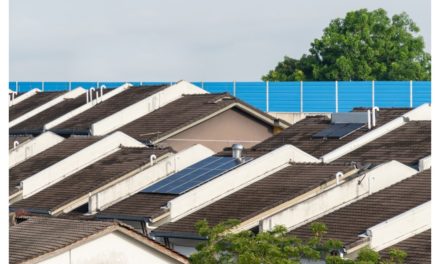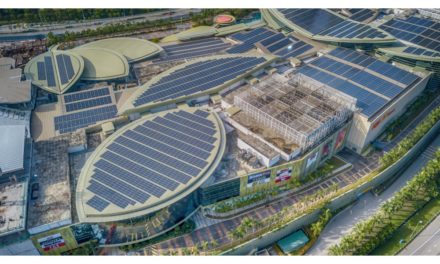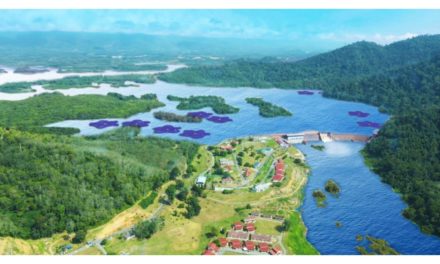- SSB’s unmanned WHP in Malaysia for its Timi gas development project will be powered by solar and wind energy
- It has taken the final investment decision on the project with its partners Petronas Carigali and Brunei Energy
- It is a 1st for SSB to have a WHP powered by renewable energy instead of conventional power generation systems
Royal Dutch Shell’s Malaysian subsidiary Sarawak Shell Berhad (SSB) will go ahead with the development of its Timi gas development project in Malaysia, having taken a final investment decision (FID). It will be operated by an unmanned wellhead platform (WHP) which will be powered by a solar and wind hybrid renewable power system, a 1st for SSB in Malaysia.
A sweet gas field discovered in 2018, Timi is located approximately 252 km north-west of Bintulu, Sarawak and 202 km north-west from Miri, Sarawak.
SSB will execute the project with its partners Petronas Carigali Sdn Bhd and Brunei Energy Exploration that’s designed to reach up to 50,000 barrels of oil equivalent a day (boe/d) peak production. The solar and wind powered WHP will be tied back to the existing F23 hub platform via a new 80 km pipeline through which it will evacuate the gas.
The WHP is 60% lighted than a conventional tender assisted drilling (TAD) wellhead platform. The project also includes drilling of 2 wells, it added.
Solar and wind power generation system is the highlight of this project, according to Shell, since it is usually conventional power generation systems that are deployed for hydrocarbon combustion. However, in an official release the company did not share details of the solar and wind generation facilities for this project.
TaiyangNews reached out to the company to know details of the solar and wind generation facilities. A company spokesperson responded without sharing any details, stating, “We expect to achieve first gas in 2023. The platform is fully powered by a solar and wind hybrid power system instead of conventional systems relying on gas or diesel combustion during normal operation.”
Shell’s Upstream Director Wael Sawan said the company is pleased to progress the project in a ‘competitive and responsible manner’ as the group goes about achieving net-zero emissions by 2050. Investing $2 billion to $3 billion annually on renewables and energy solutions is part of the plan to reach the goal, but Shell has confirmed oil will still get the lion’s share of future investments (see Shell To Invest In Renewables, But More On Oil & Gas).















